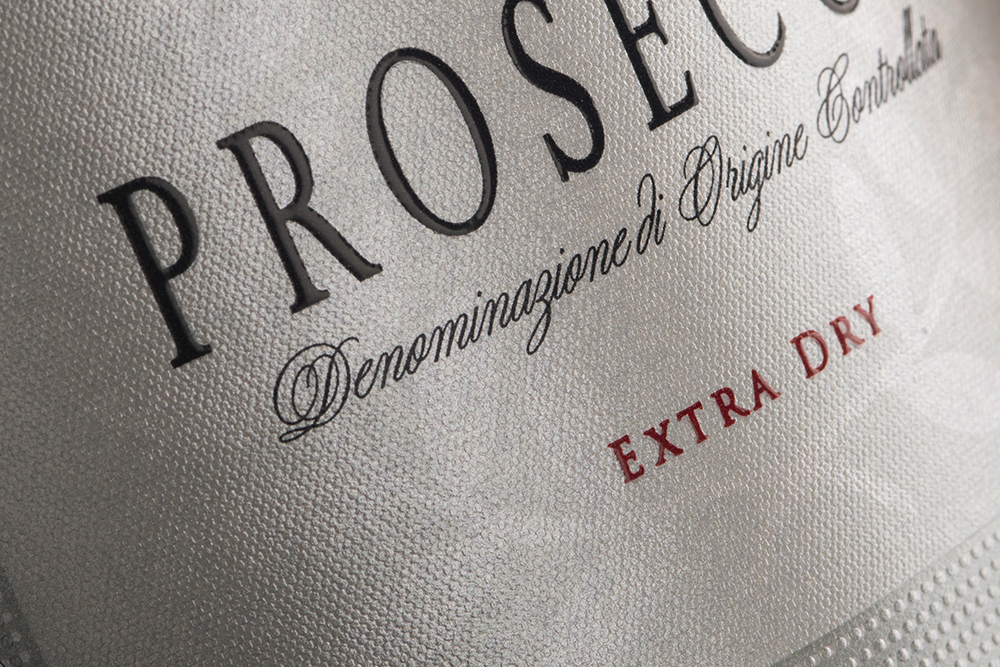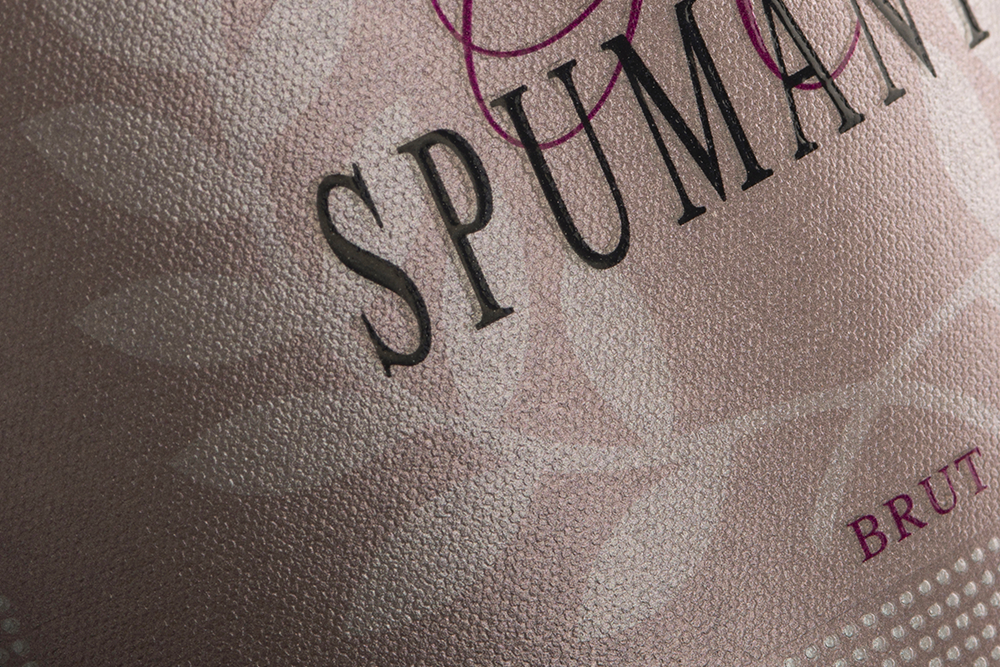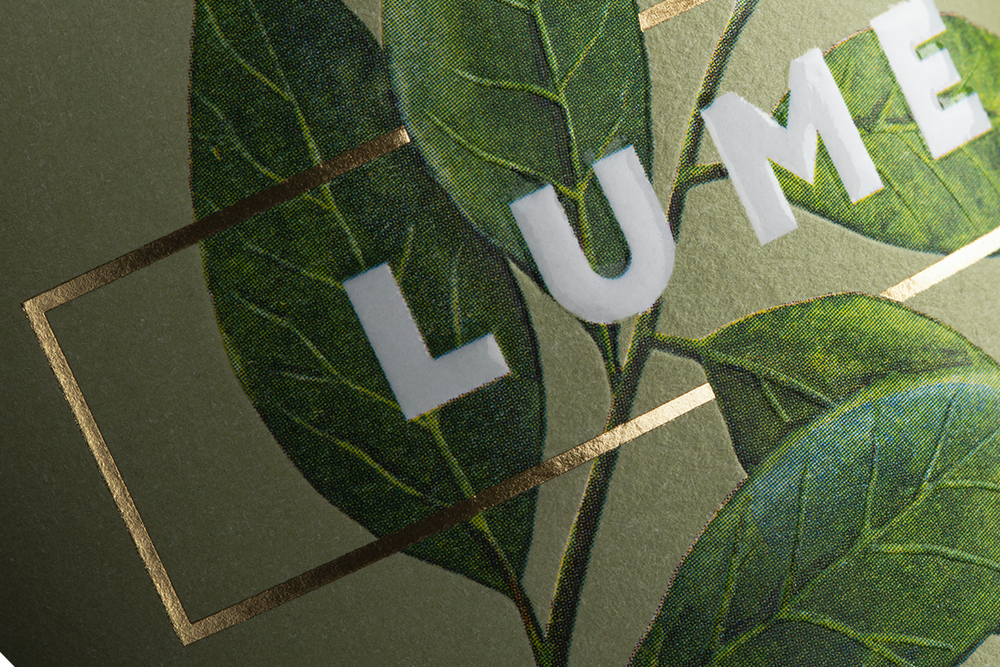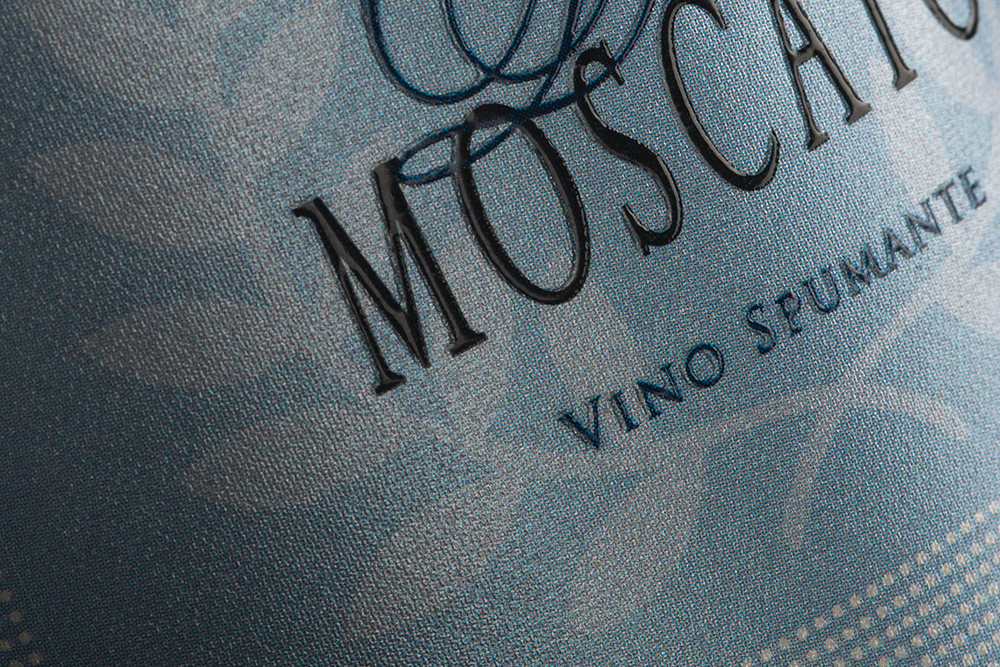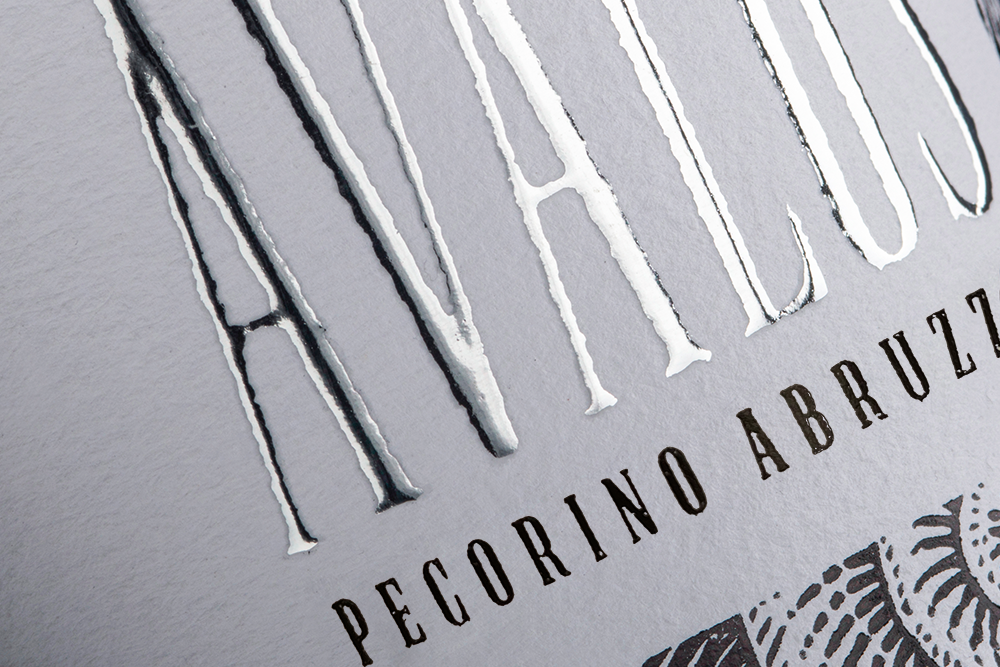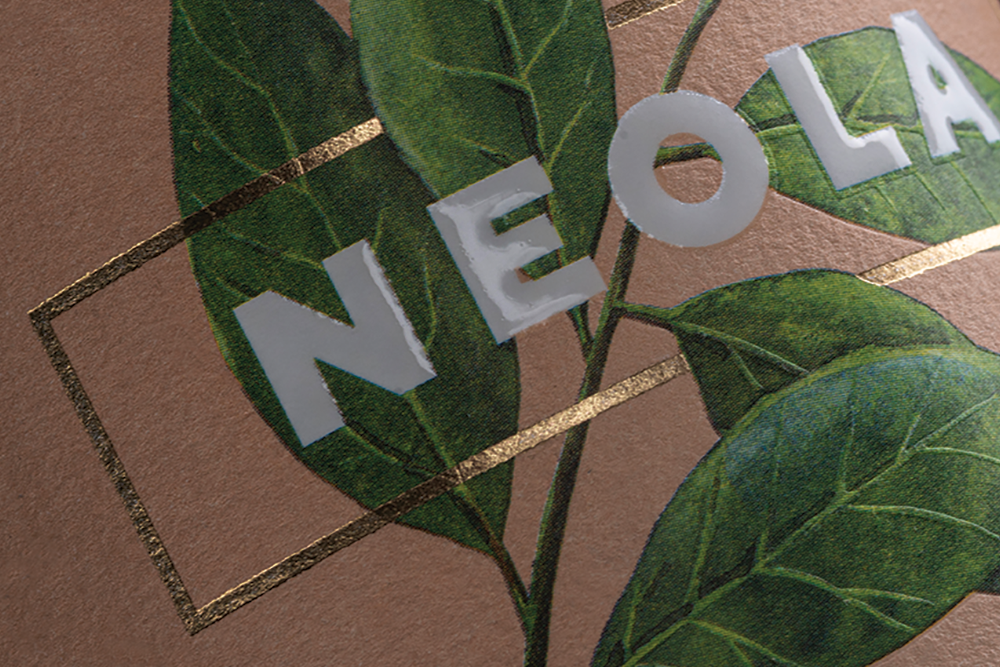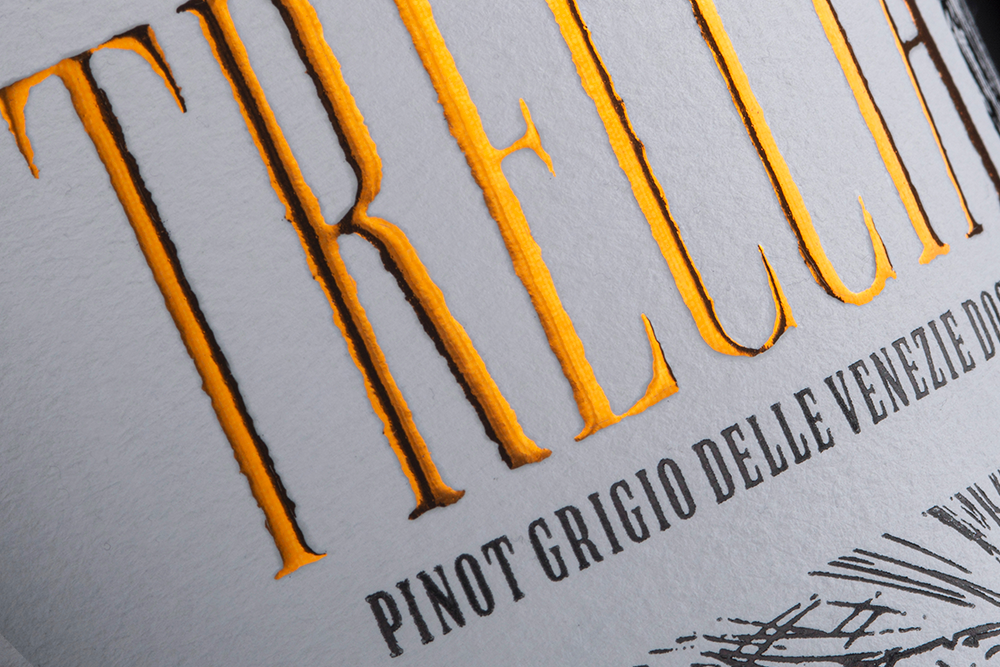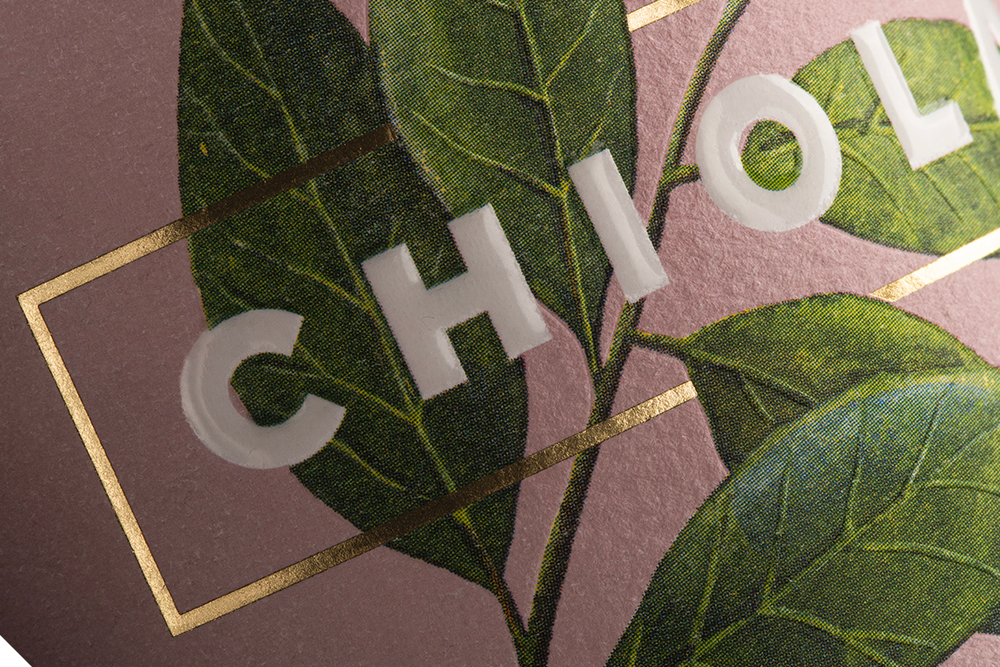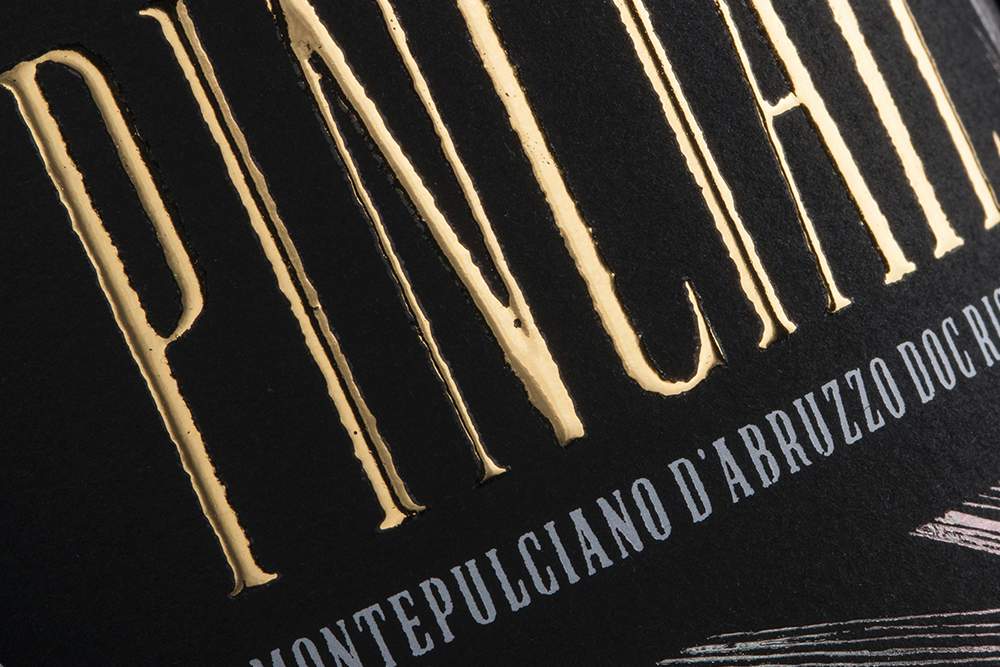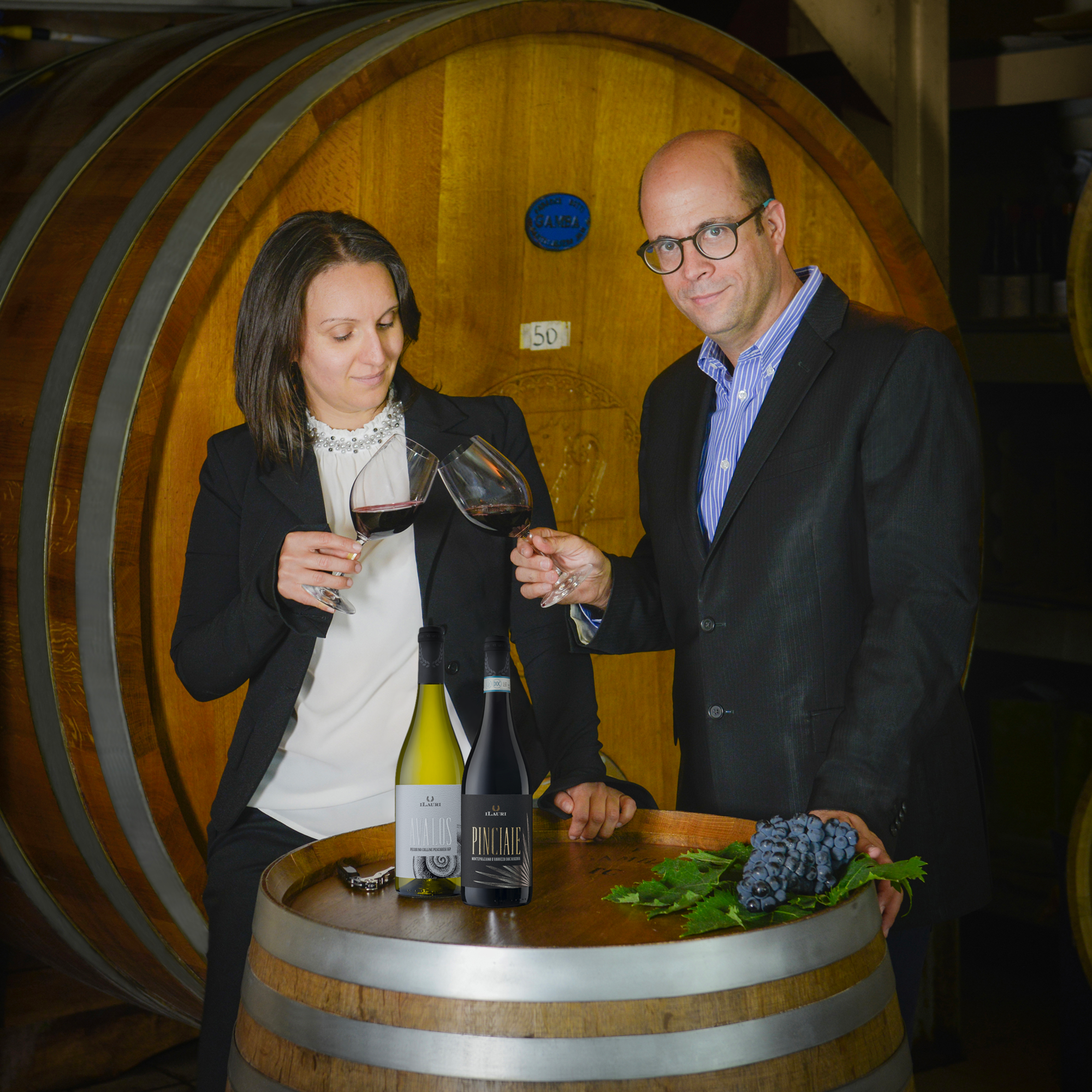
iLauri
“We first met in 2004 with a shared passion for wine and the extraordinary beauty of this ancient land, Abruzzo. Both strongly tied to Italy, Antonella and I envisioned a piece of land here in Loreto Aprutino, where we could further plant our cultural roots with a vineyard, an olive tree orchard and a home. In 2007 we harvested our first vintage. Today, we source grapes and olives from leased properties in three distinct villages: Loreto Aprutino, Collecorvino and Città Sant’Angelo to offer to enthusiastic patrons.
We named our estate, Ilauri, for the inhabitants of our village. Coming from a hilltop covered in bay trees, Loreto Aprutino, was originally called Lauretum, coming from the Latin term for laurel grove or bay tree.” – Rodrigo Redmont
The name “iLauri” stems from the ancient roots of our birth place,
Loreto Aprutino, once covered in Laurus nobilis, or laurel trees.
A UNIQUE Region
Italy’s last wilderness is Abruzzo. Considered Europe’s greenest region, the presence of man is documented since the Paleolithic era. Due to its morphological characteristics, the region was suitable for the first farmers. Over 10.000 years ago, the area discovered agriculture and breeding and began cultivating cereals: wheat, barley and spelt brought the birth of stable villages and the appearance in the daily life of ceramics.
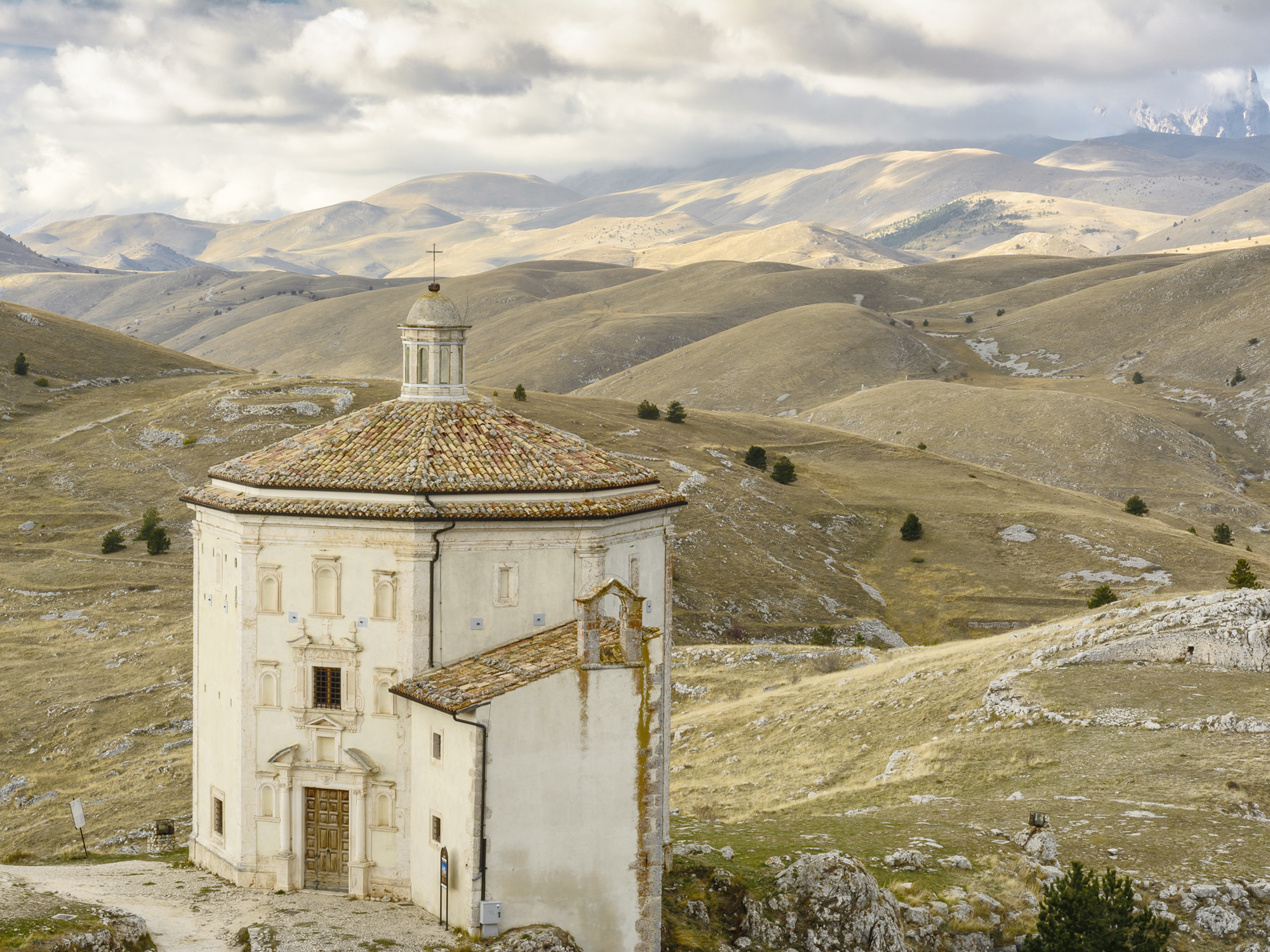
A UNIQUE Region
Italy’s last wilderness is Abruzzo. Considered Europe’s greenest region, the presence of man is documented since the Paleolithic era. Due to its morphological characteristics, the region was suitable for the first farmers. Over 10.000 years ago, the area discovered agriculture and breeding and began cultivating cereals: wheat, barley and spelt brought the birth of stable villages and the appearance in the daily life of ceramics.
Still today this richness in resources is present. The land and climate are perfect for a series of flora and fauna including the brown bear, wolves, eagles and large cats. The landscape here features low-lying hills, with vineyard exposures looking out to the sea. Beautiful, cold nights and gentle, warm and nourishing days make the perfect environment to grow grapes and olives. Due to the diversity of Abruzzo’s land and climate the variety and richness of the food in Abruzzo is one of the best on offer in Italy rendering the Abruzzo region probably the best Italian region to eat in.
Still today this richness in resources is present. The land and climate are perfect for a series of flora and fauna including the brown bear, wolves, eagles and large cats. The landscape here features low-lying hills, with vineyard exposures looking out to the sea. Beautiful, cold nights and gentle, warm and nourishing days make the perfect environment to grow grapes and olives. Due to the diversity of Abruzzo’s land and climate the variety and richness of the food in Abruzzo is one of the best on offer in Italy rendering the Abruzzo region probably the best Italian region to eat in.
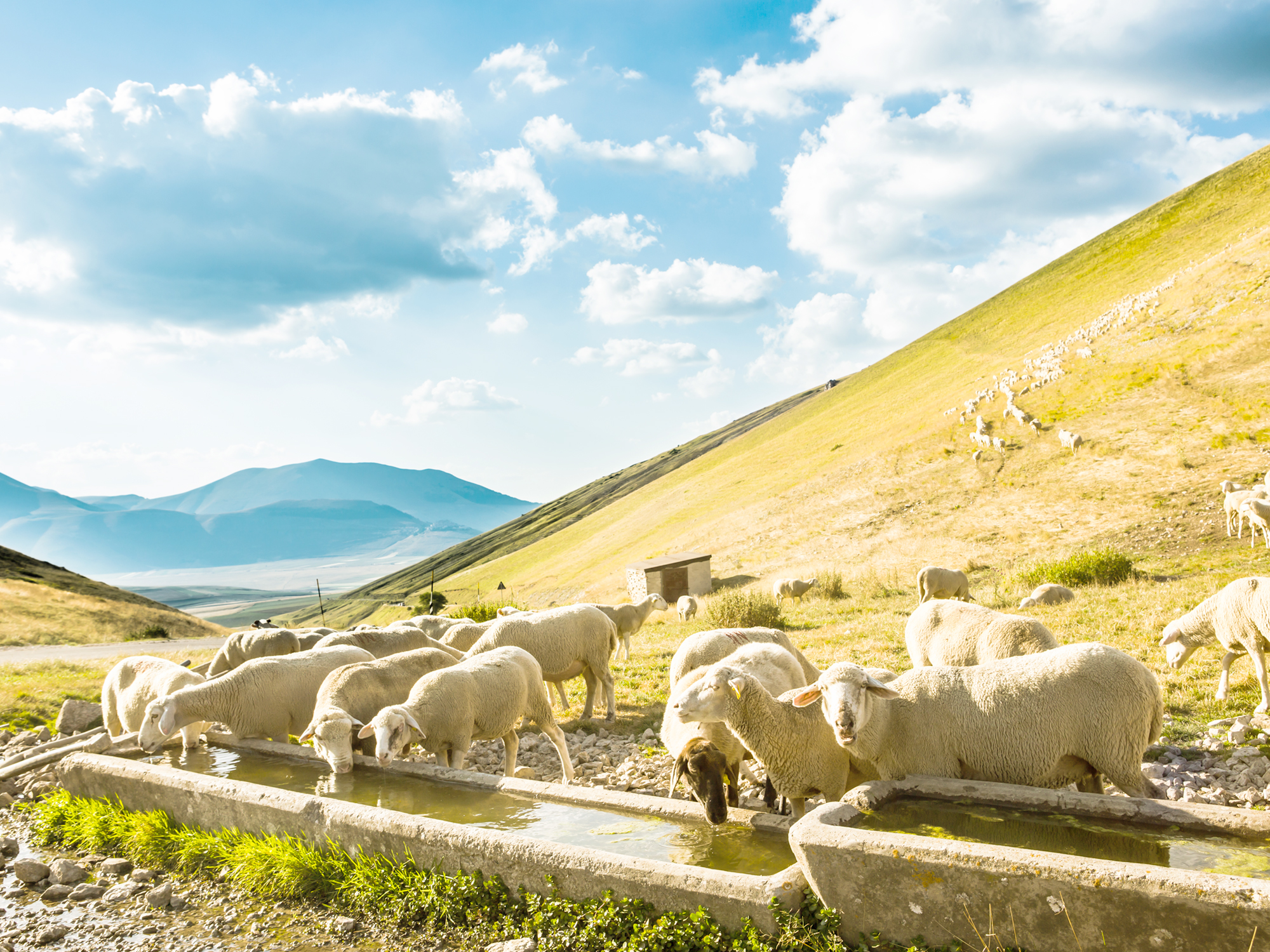
THE TAVO River Valley
“Tavo” is an Italian river that flows in Abruzzo. It originates on the Gran Sasso, and flows towards the Adriatic Sea. The river basin, home to Italy’s first DOP classified extra-virgin olive oil, numerous DOP agricultural products, and some of Italy’s most acclaimed wines, has always been recognized for its extraordinary terroir. According to Greek and Roman historians, 2.000 years ago, one of the greatest leaders in history, Hannibal, stopped with his army of 220,000 men to regenerate and enjoy the climate and the fruits of those lands.
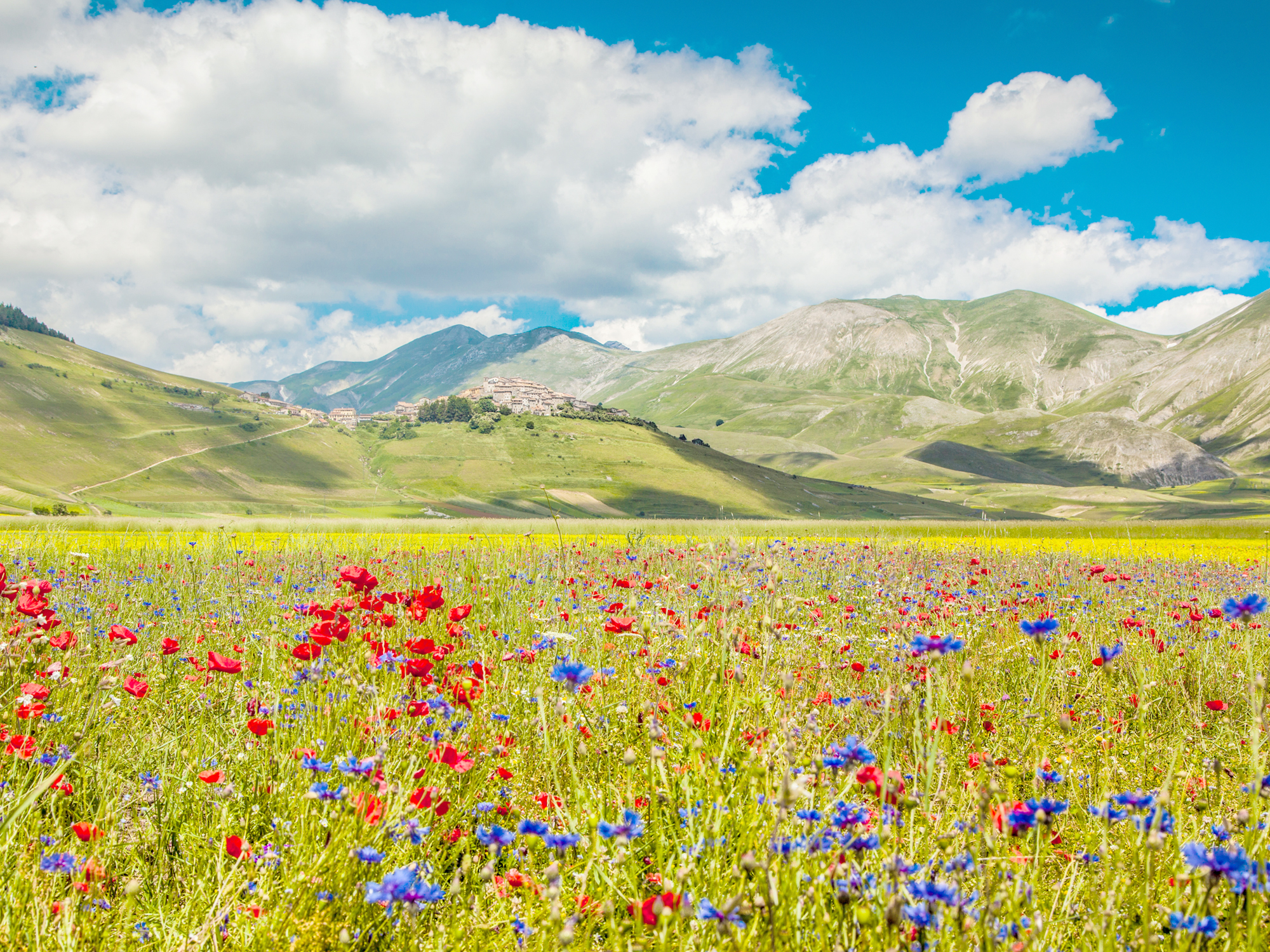
THE TAVO River Valley
“Tavo” is an Italian river that flows in Abruzzo. It originates on the Gran Sasso, and flows towards the Adriatic Sea. The river basin, home to Italy’s first DOP classified extra-virgin olive oil, numerous DOP agricultural products, and some of Italy’s most acclaimed wines, has always been recognized for its extraordinary terroir. According to Greek and Roman historians, 2.000 years ago, one of the greatest leaders in history, Hannibal, stopped with his army of 220,000 men to regenerate and enjoy the climate and the fruits of those lands.
Today, vineyards and olive groves continue find optimal conditions due to the fertile soil with a prevalence of limestone, clay, or sand silt. The temperatures are mild and rainfall not too abundant. In addition, the constant ventilation avoids the stagnation of air masses and the formation of high temperatures, thus limiting the onset of infections and the development of pests.
Today, vineyards and olive groves continue find optimal conditions due to the fertile soil with a prevalence of limestone, clay, or sand silt. The temperatures are mild and rainfall not too abundant. In addition, the constant ventilation avoids the stagnation of air masses and the formation of high temperatures, thus limiting the onset of infections and the development of pests.
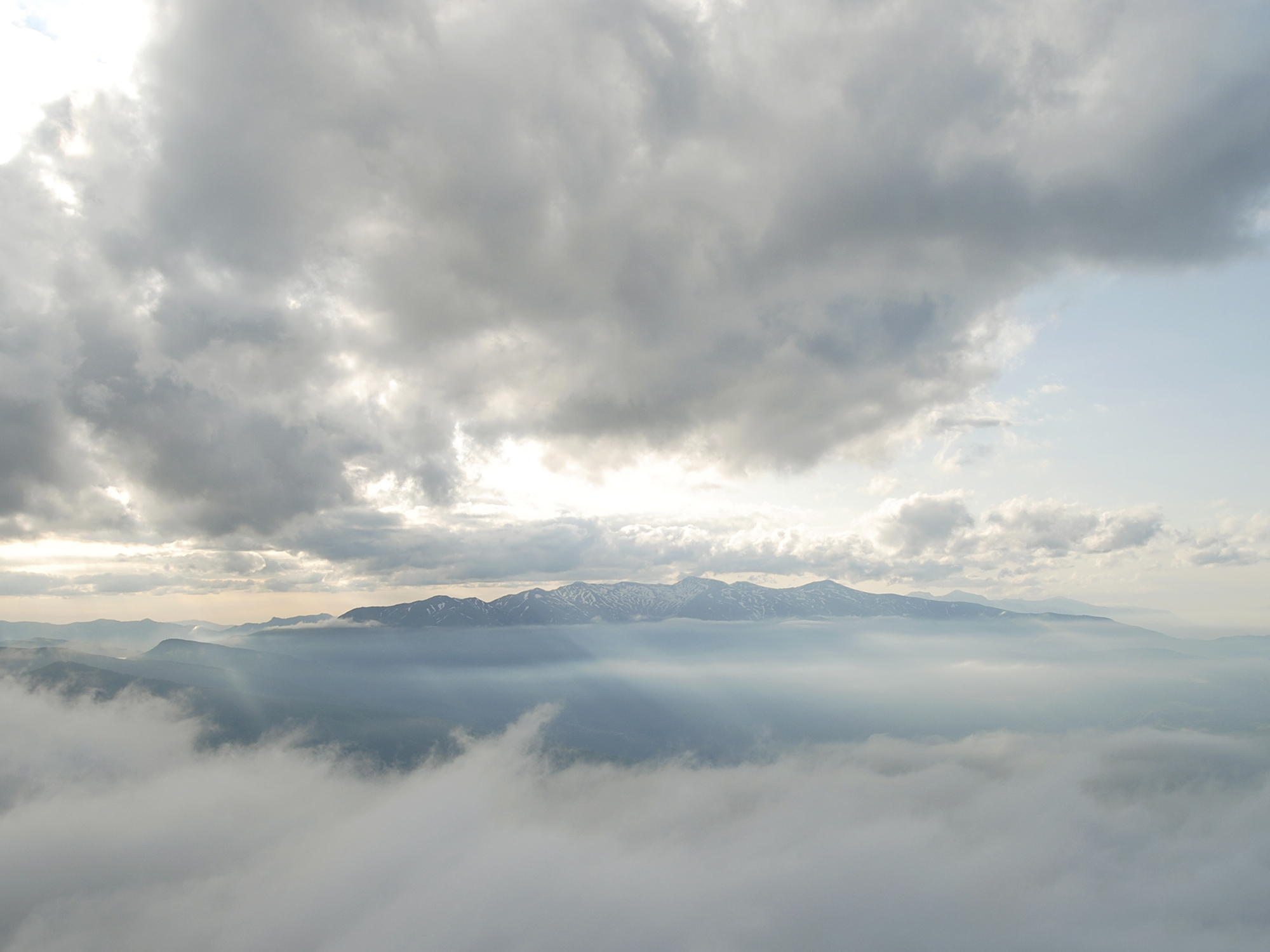
Loreto Aprutino
Loreto Aprutino is located on the beautiful hills of the province of Pescara in Central Italy, only 20 km from the Adriatic coast. The village’s ancient beauty is filled with medieval architecture and the magnificence of its natural habitat. The history of the village, has built the city’s identity and its traditions. The 7,000 inhabitants breathe an agricultural tradition that is an integral part of economic and social life. The hilly surroundings are filled by centuries-old olive groves, symbols of peace and prosperity.
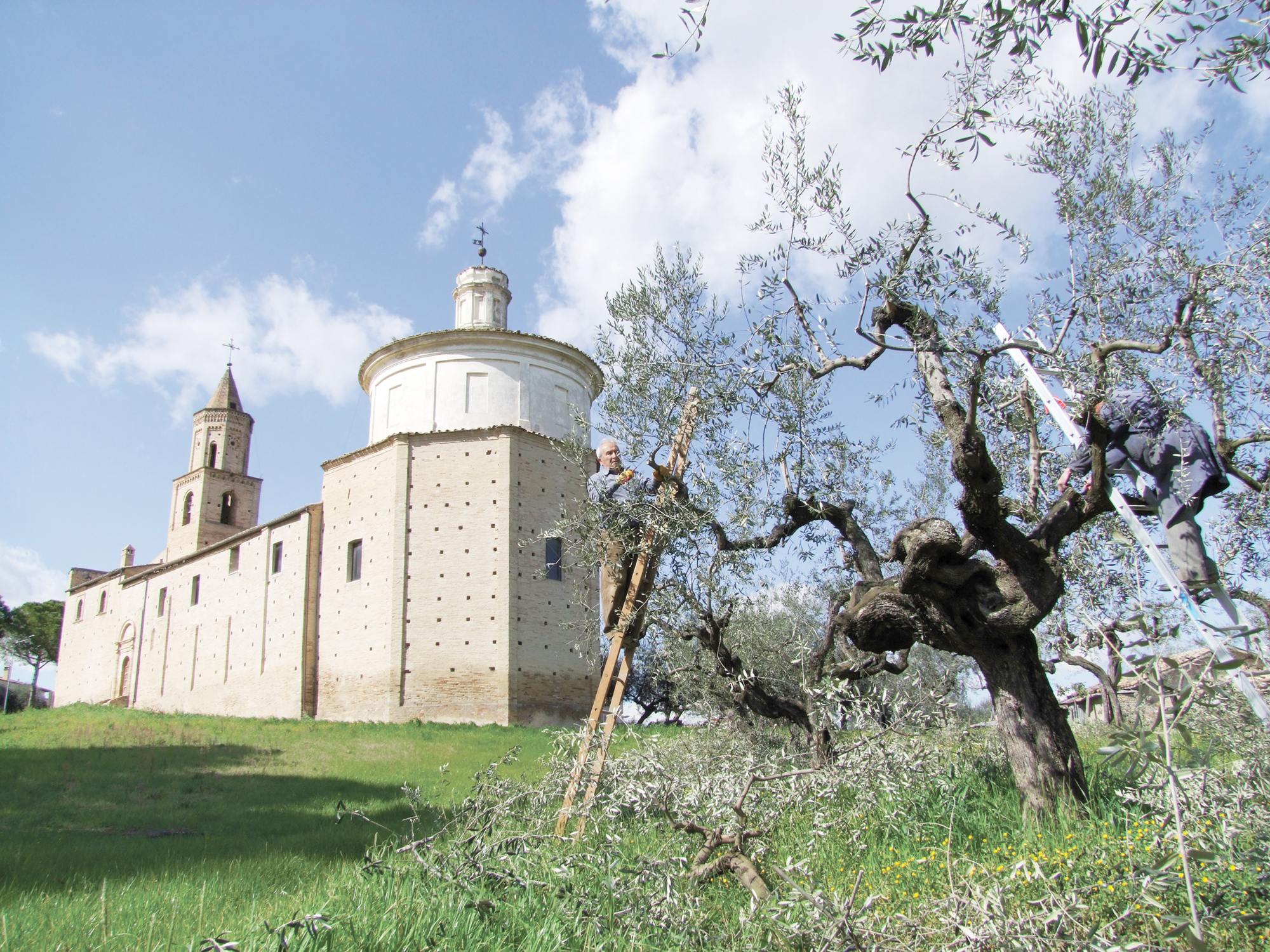
Loreto Aprutino
Loreto Aprutino is located on the beautiful hills of the province of Pescara in Central Italy, only 20 km from the Adriatic coast. The village’s ancient beauty is filled with medieval architecture and the magnificence of its natural habitat. The history of the village, has built the city’s identity and its traditions. The 7,000 inhabitants breathe an agricultural tradition that is an integral part of economic and social life. The hilly surroundings are filled by centuries-old olive groves, symbols of peace and prosperity.
The local agriculture has a priceless biodiversity that tows its economy with unique products. The strengths of Loreto Aprutino are its history, the territory, and the acclimatization of the olives and grapes. Our village is located in an area highly suited to olive growing and viticulture, because it is a hilly terrain, with a mild climate, where the proximity to the sea and to the mountain allows temperature changes that enhances the expression of the aromas of the fruits.
The local agriculture has a priceless biodiversity that tows its economy with unique products. The strengths of Loreto Aprutino are its history, the territory, and the acclimatization of the olives and grapes. Our village is located in an area highly suited to olive growing and viticulture, because it is a hilly terrain, with a mild climate, where the proximity to the sea and to the mountain allows temperature changes that enhances the expression of the aromas of the fruits.
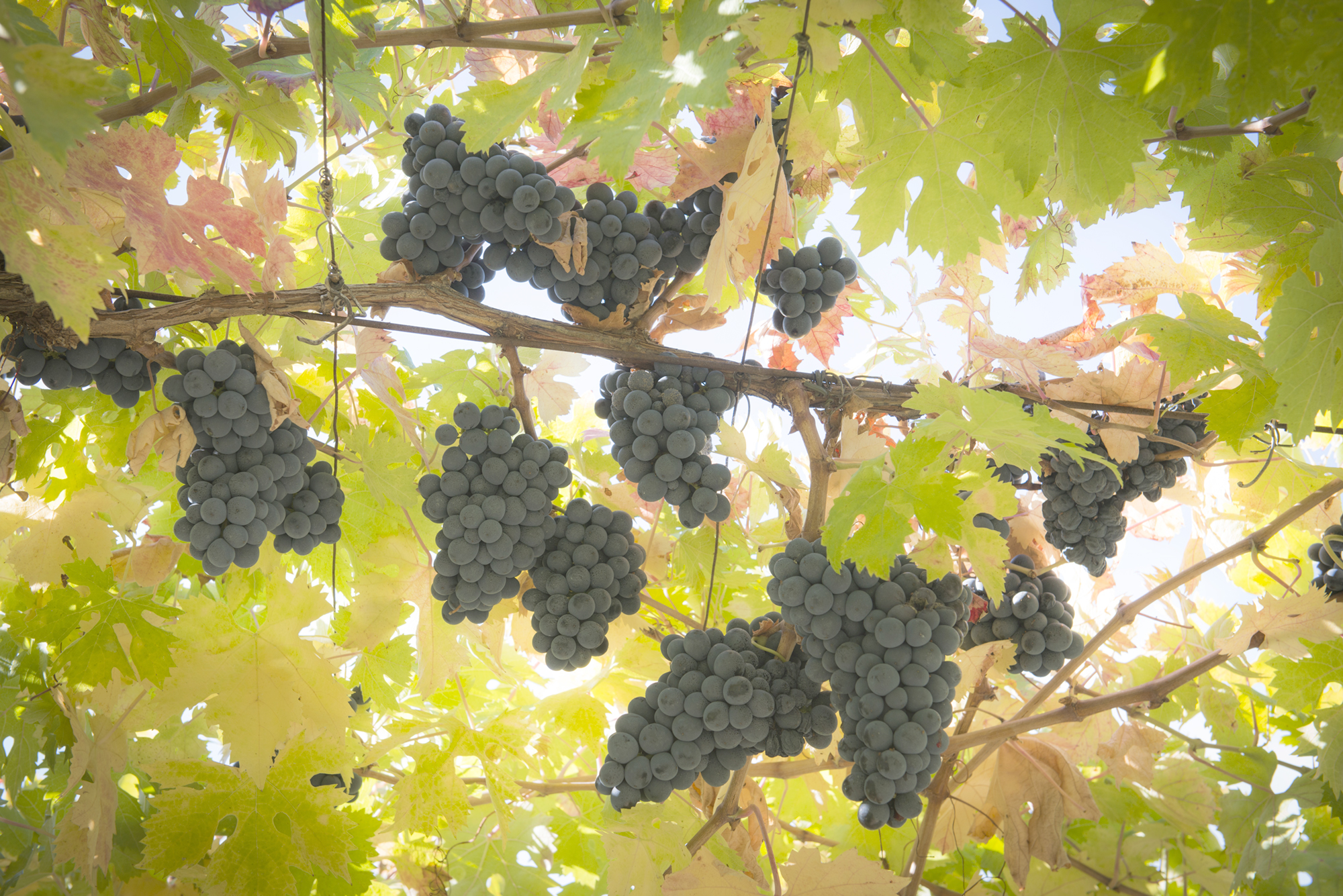
A SUSTAINABLE ARTISANAL APPROACH TO Native and Acquired Varietals
Our definition of an artisanal identity is that of a philosophy in producing wine and its intrinsic quality. It is not a question of how many bottles one produces or which varietal one plants but the authenticity and pleasure it displays in one’s glass.
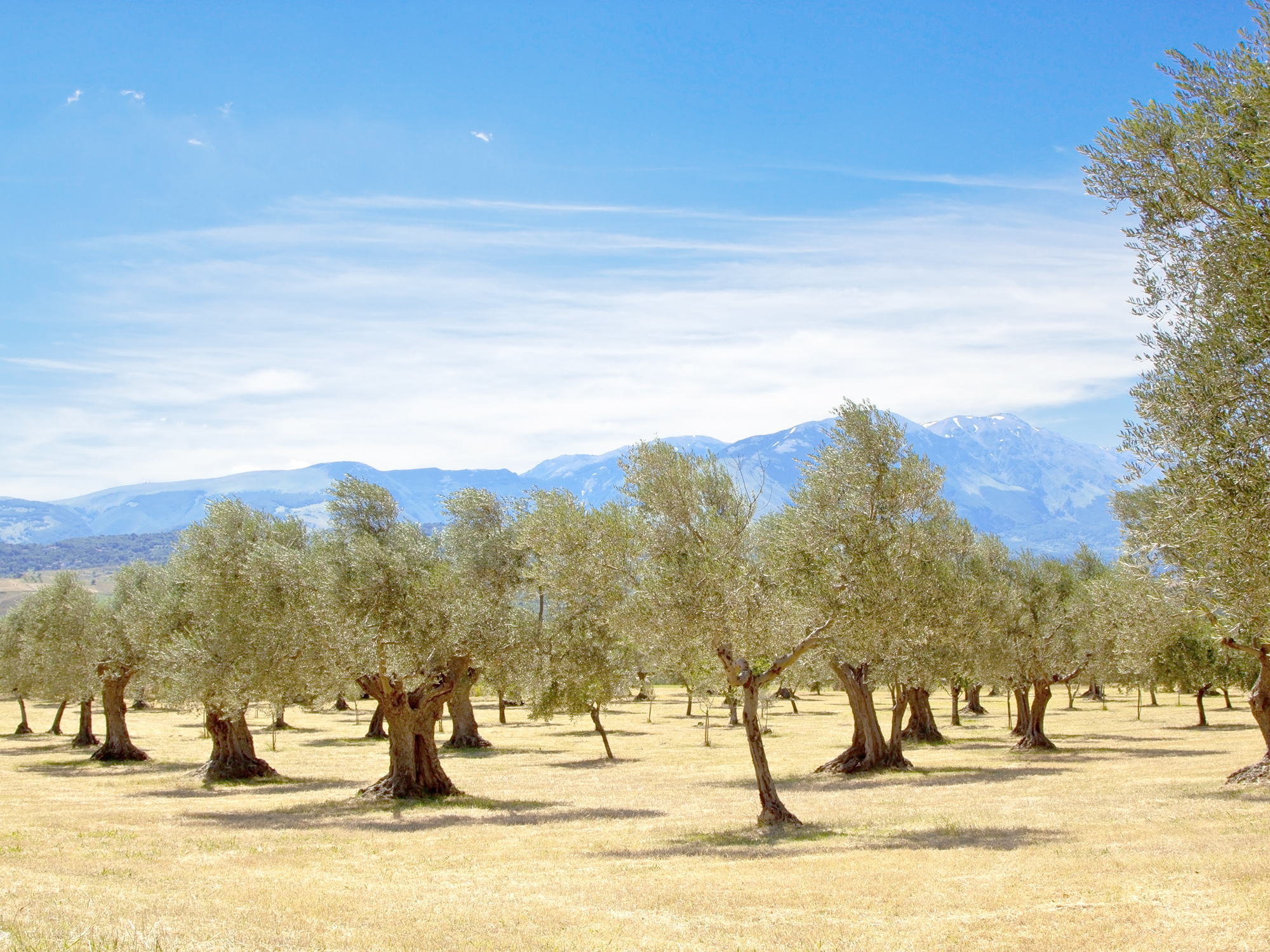
A SUSTAINABLE ARTISANAL APPROACH TO Native and Acquired Varietals
Our definition of an artisanal identity is that of a philosophy in producing wine and its intrinsic quality. It is not a question of how many bottles one produces or which varietal one plants but the authenticity and pleasure it displays in one’s glass.
Such a definition and the search for our identity has prompted us to avidly seek different goldilocks zones in the Tavo Valley and to plant non-indigenous noble varietals alongside our focus on native ones. Terroir can be fully comprehended only after understanding one’s estate-vineyards’ ripening process and their interaction with an evolving local climate.
True resistance to homogenous production can only be truly pursued with open-mindedness, creativity and active listening.
“Non est ad astra mollis e terris via” – Lucius Annaeus Seneca
Such a definition and the search for our identity has prompted us to avidly seek different goldilocks zones in the Tavo Valley and to plant non-indigenous noble varietals alongside our focus on native ones. Terroir can be fully comprehended only after understanding one’s estate-vineyards’ ripening process and their interaction with an evolving local climate.
True resistance to homogenous production can only be truly pursued with open-mindedness, creativity and active listening.
“Non est ad astra mollis e terris via” – Lucius Annaeus Seneca
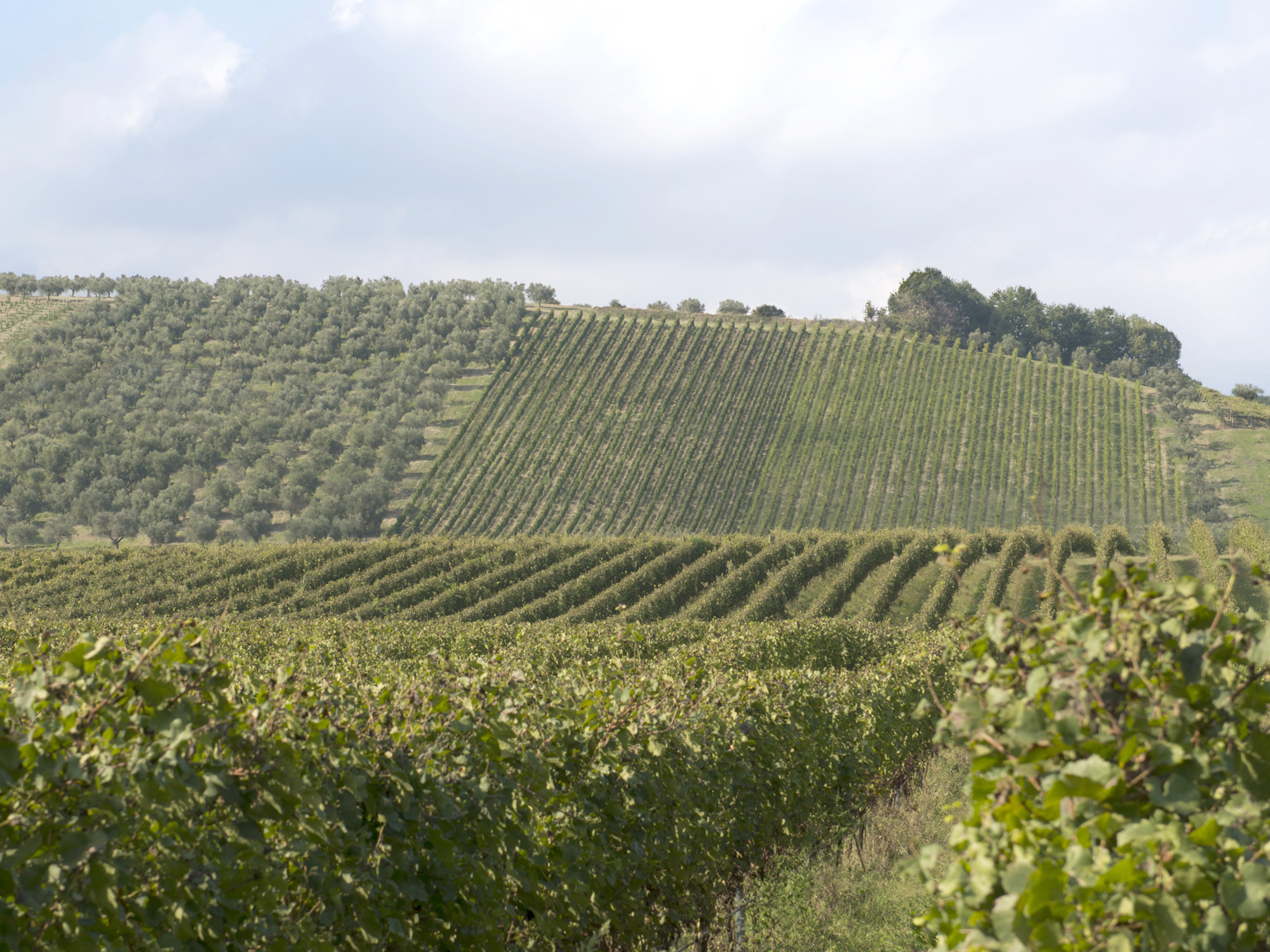
OUR Wines
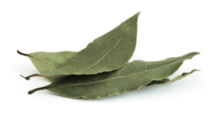
OUR Sustainable Lifestyle



